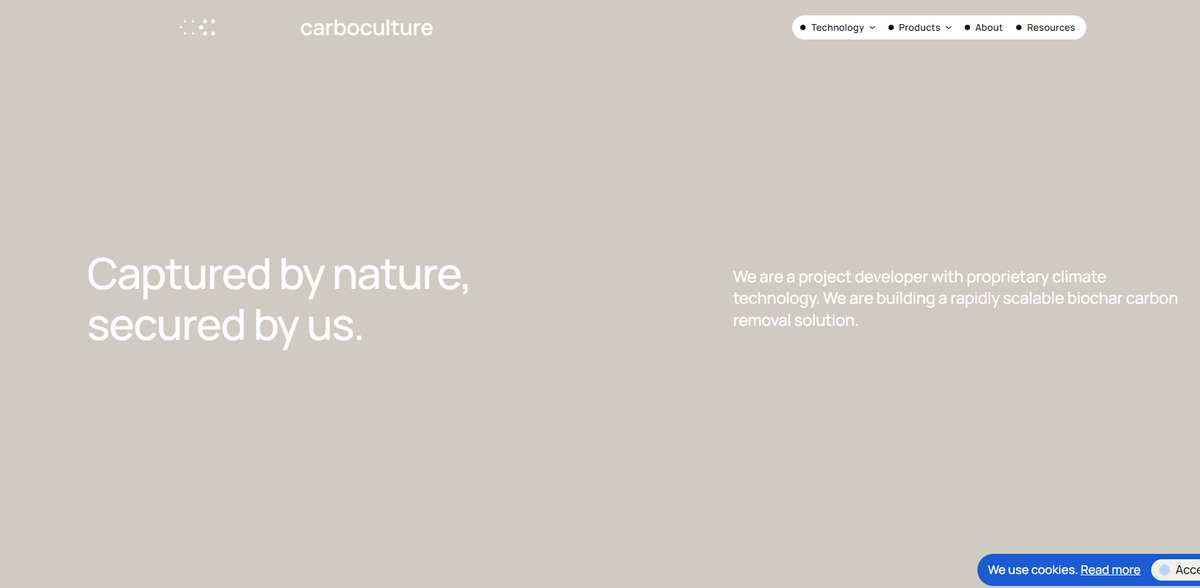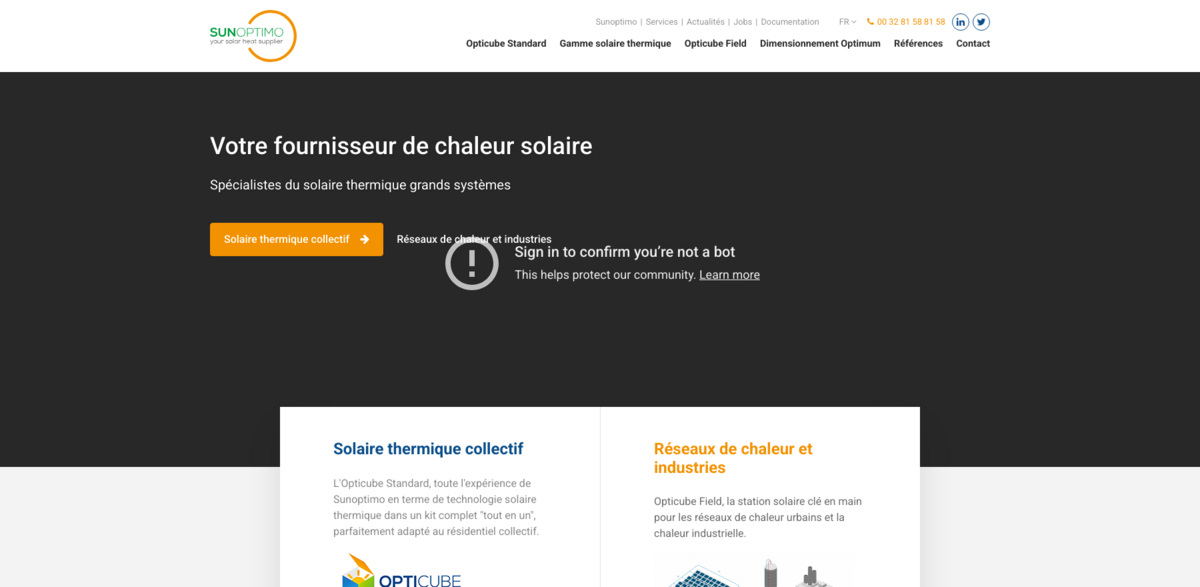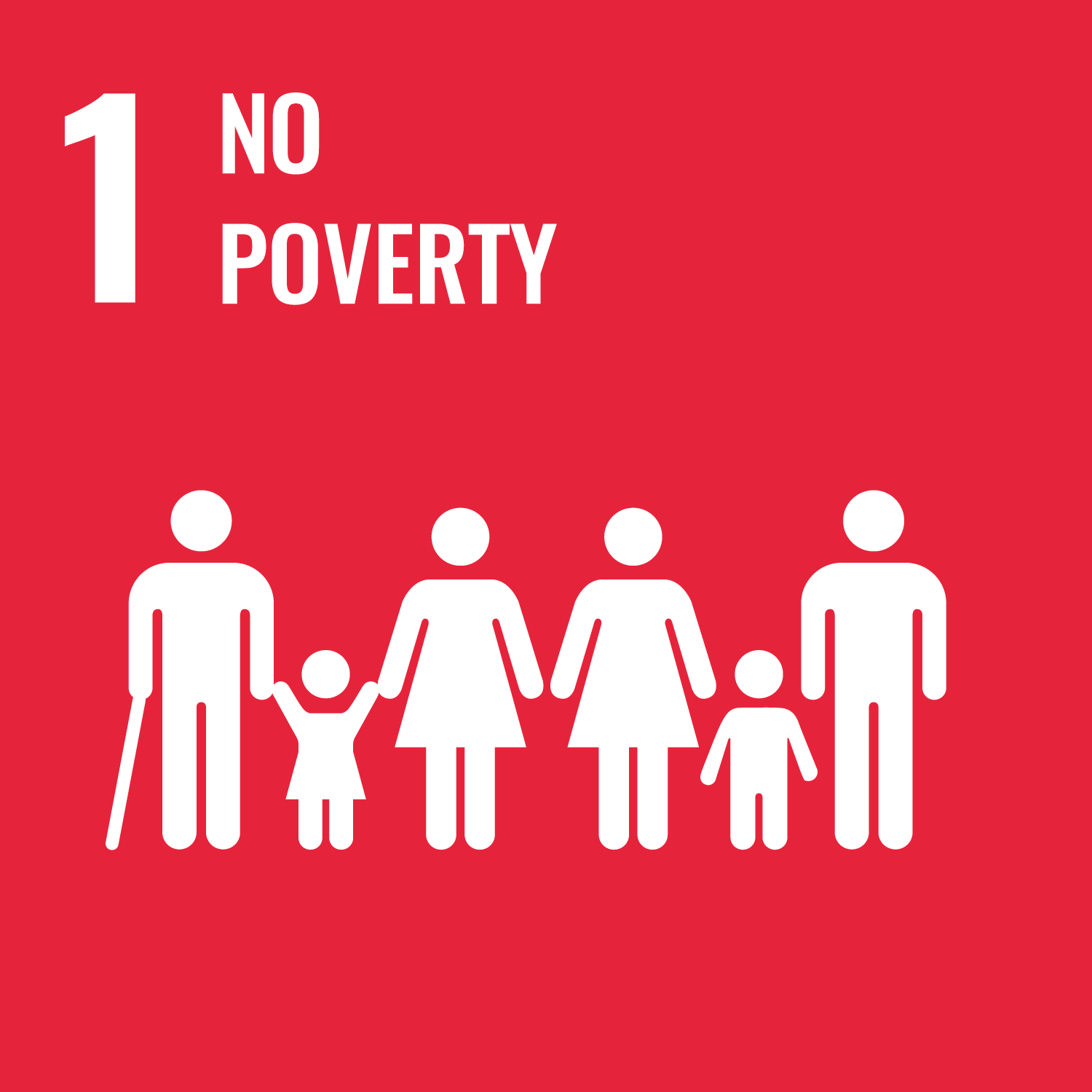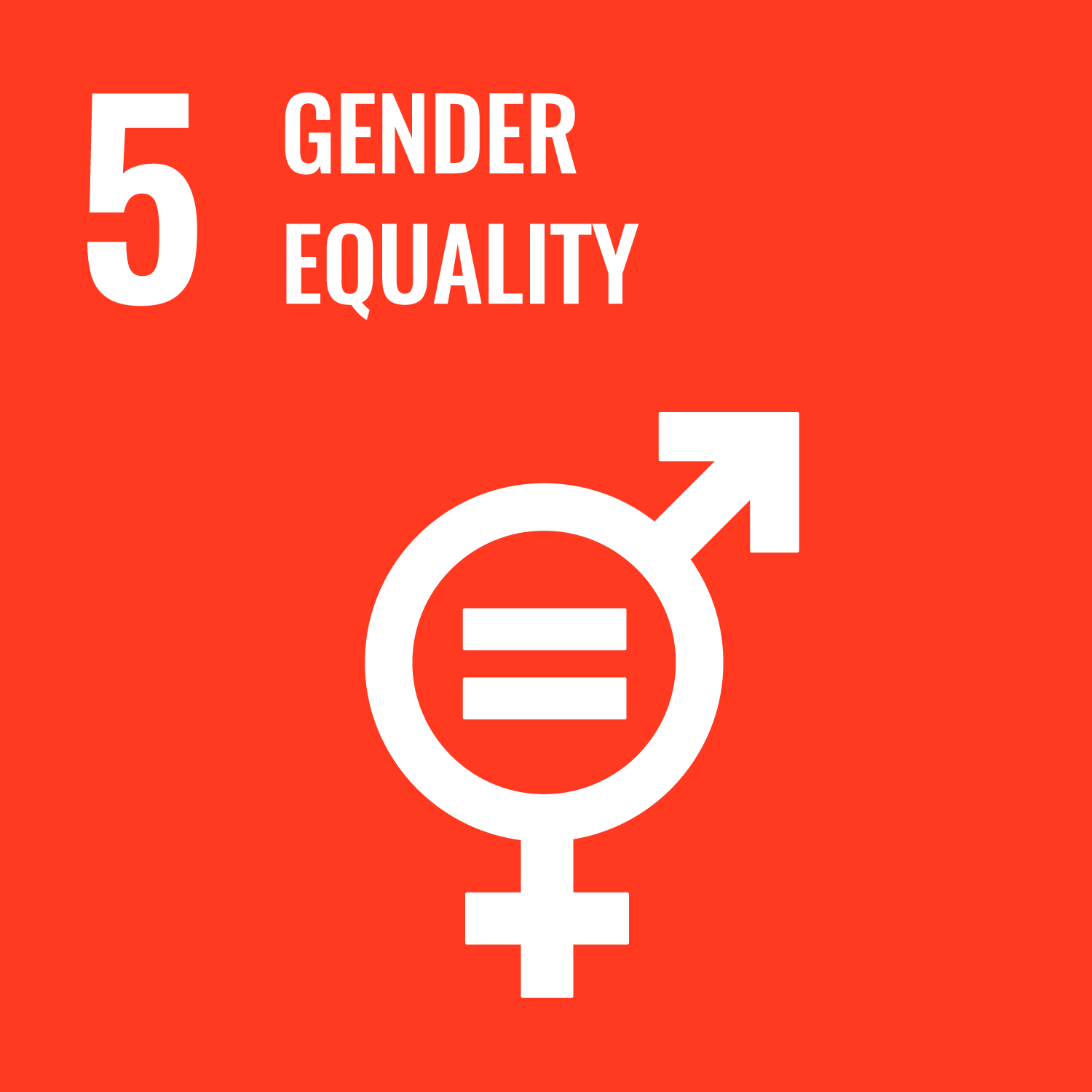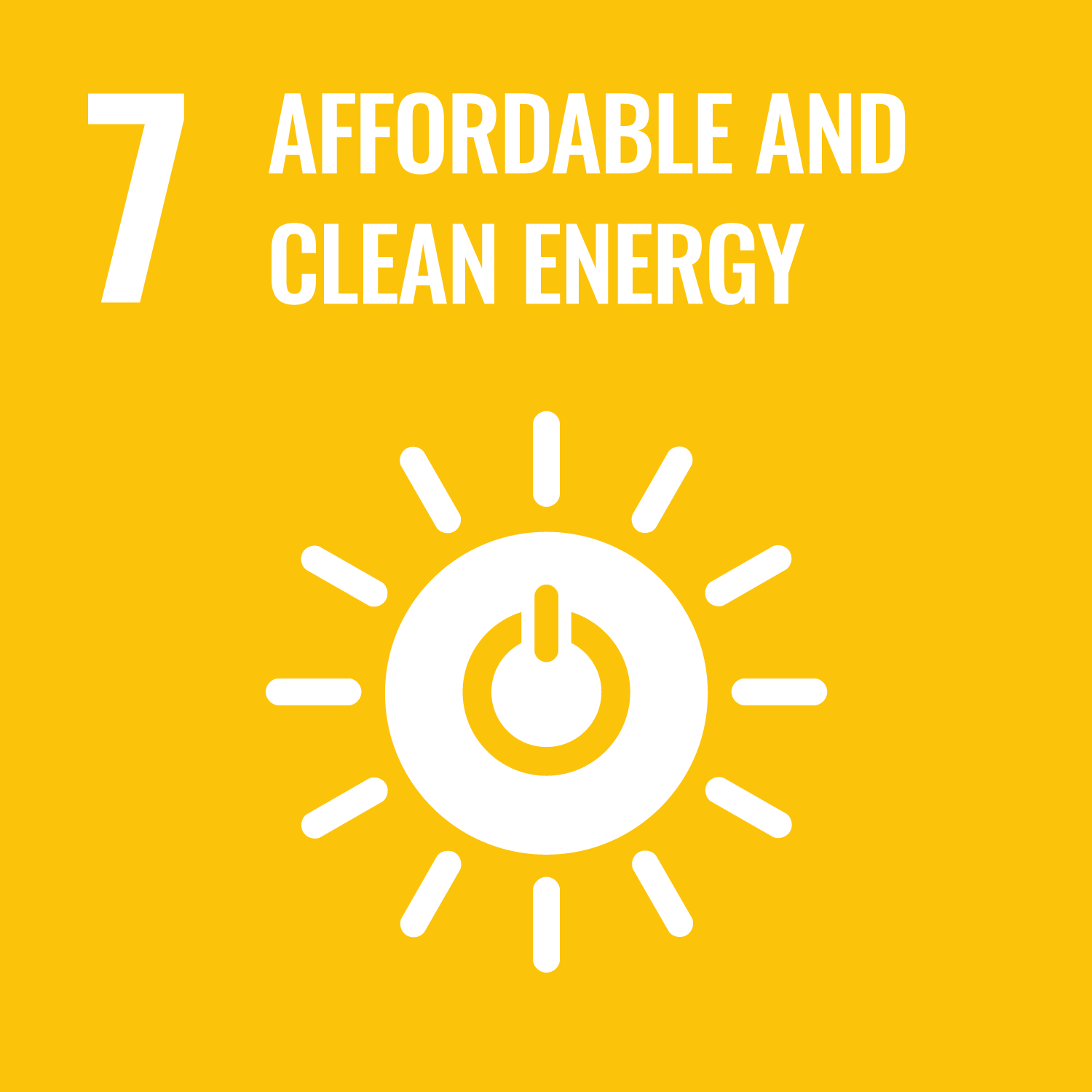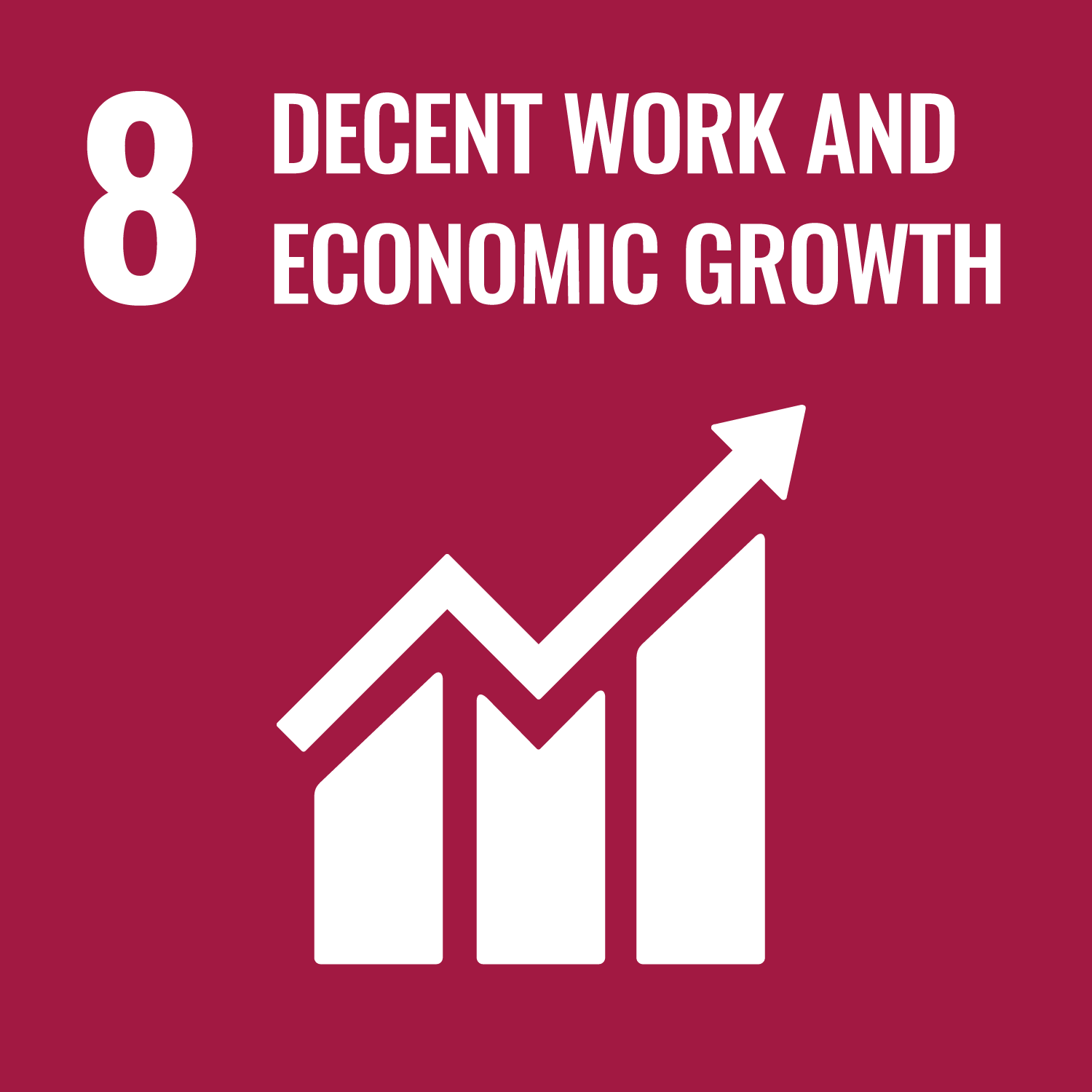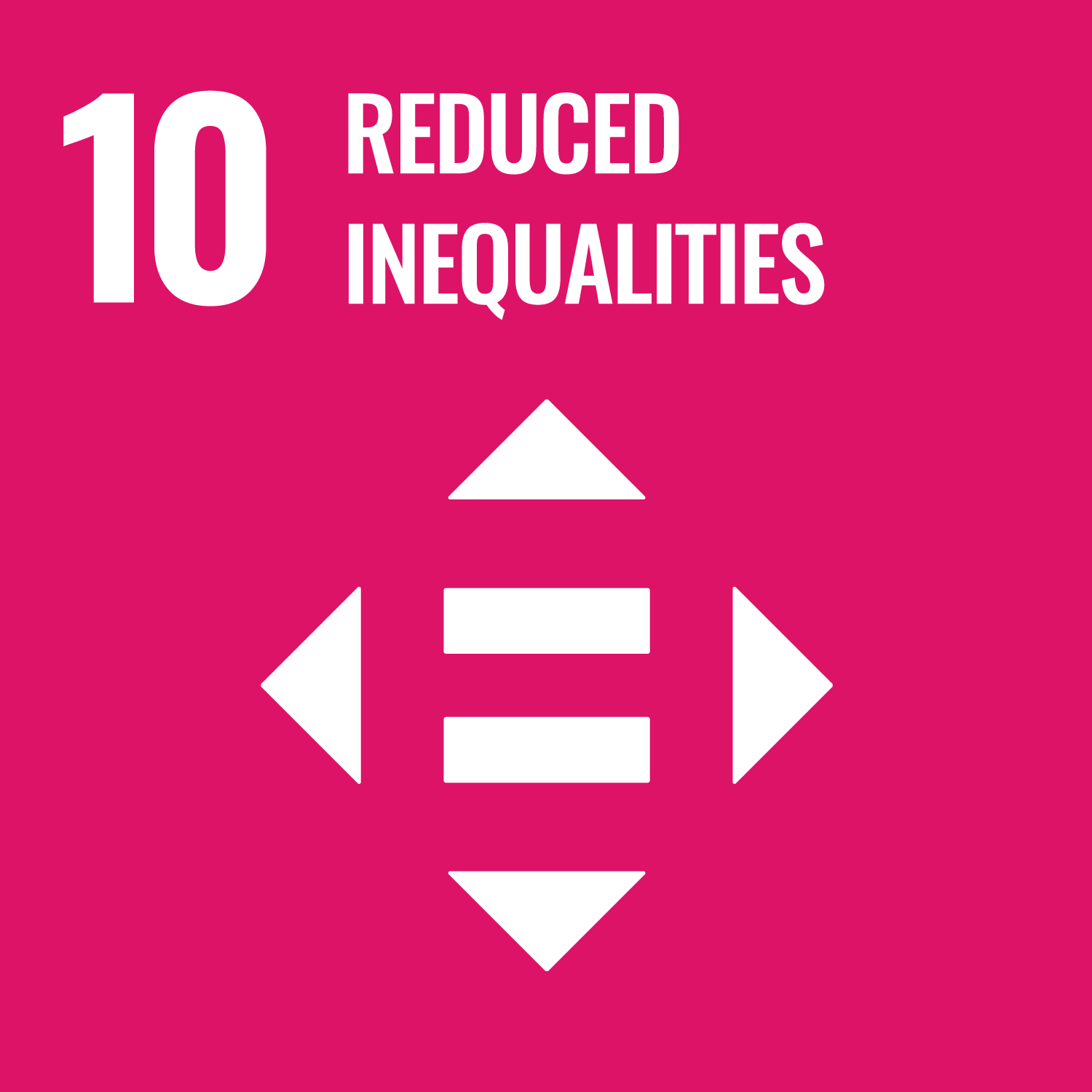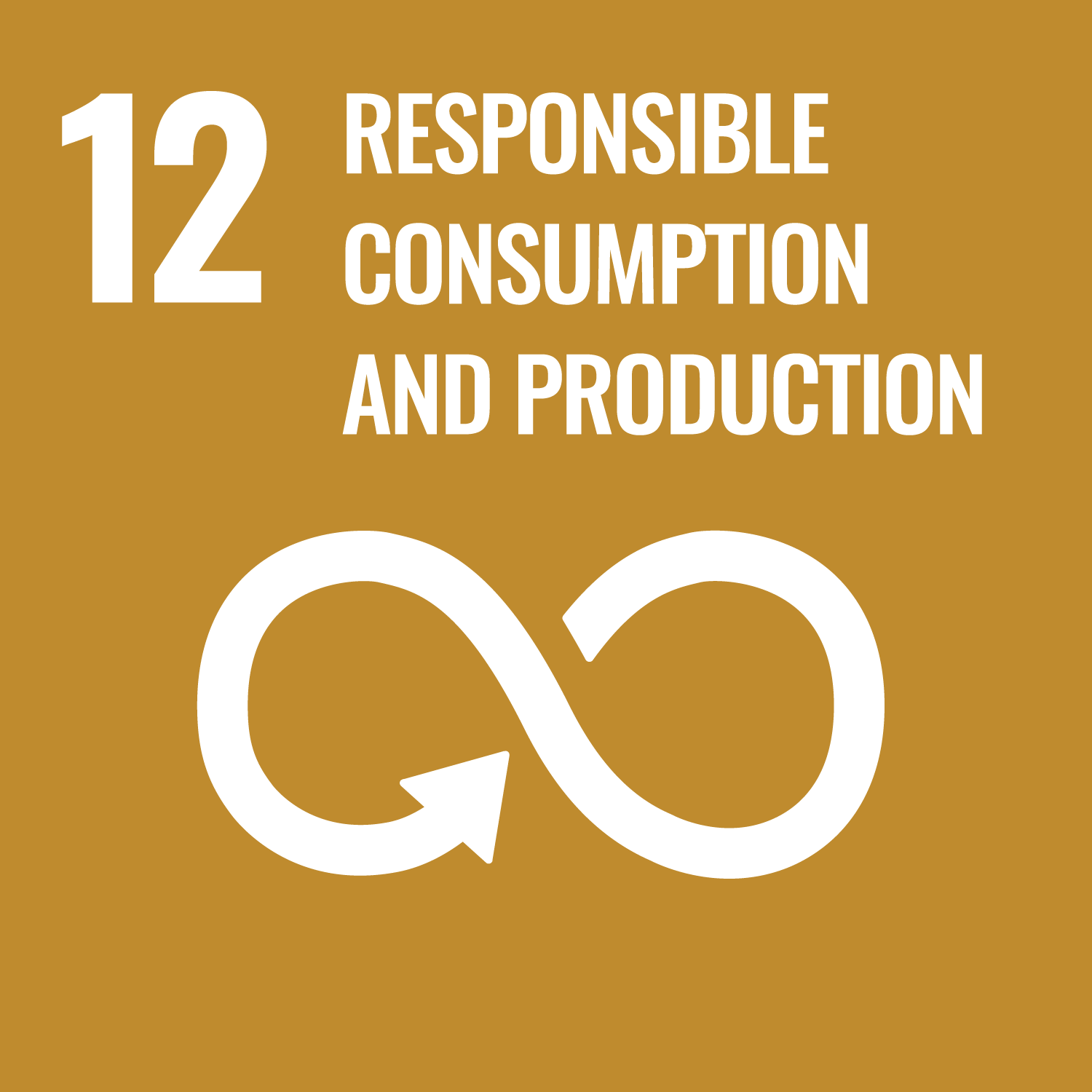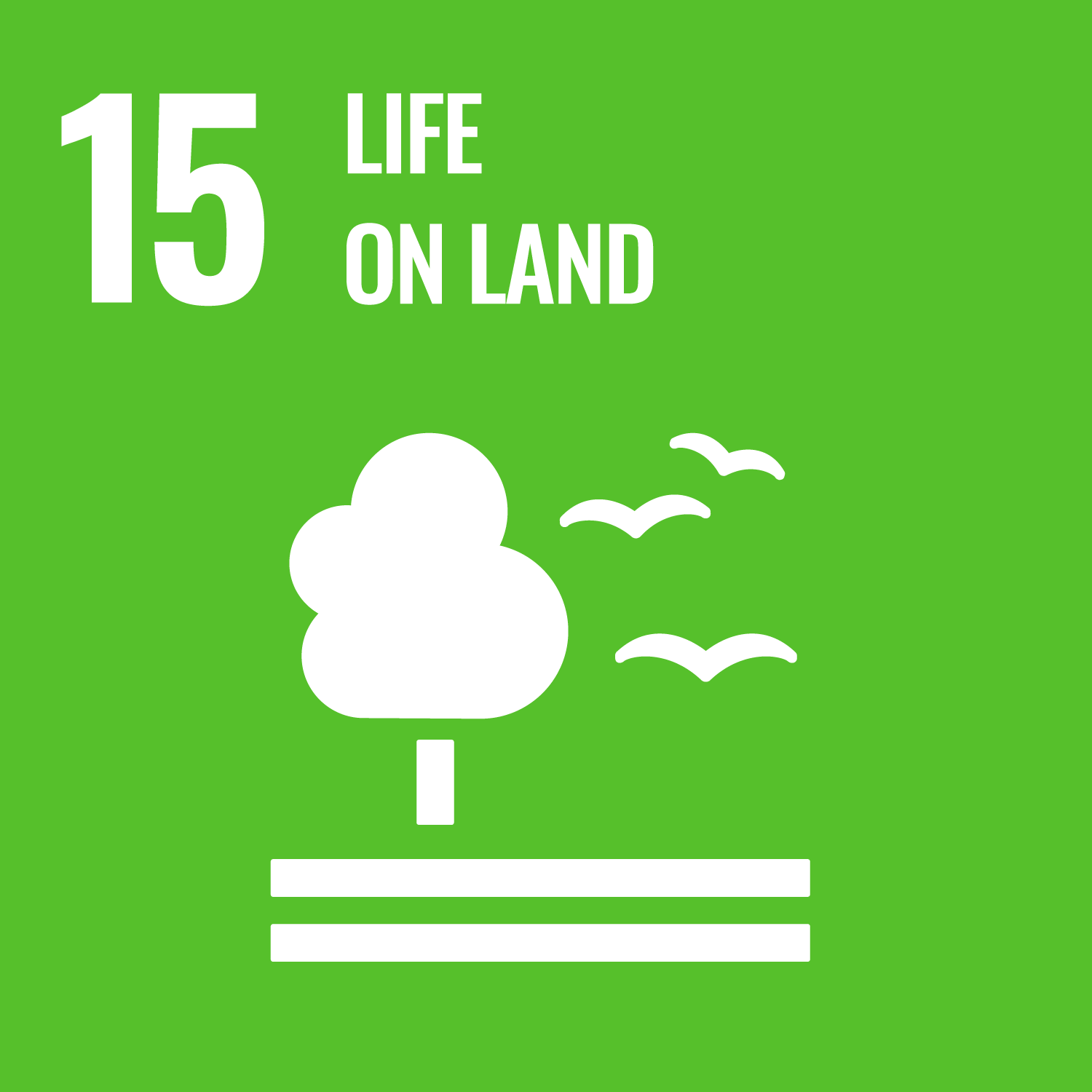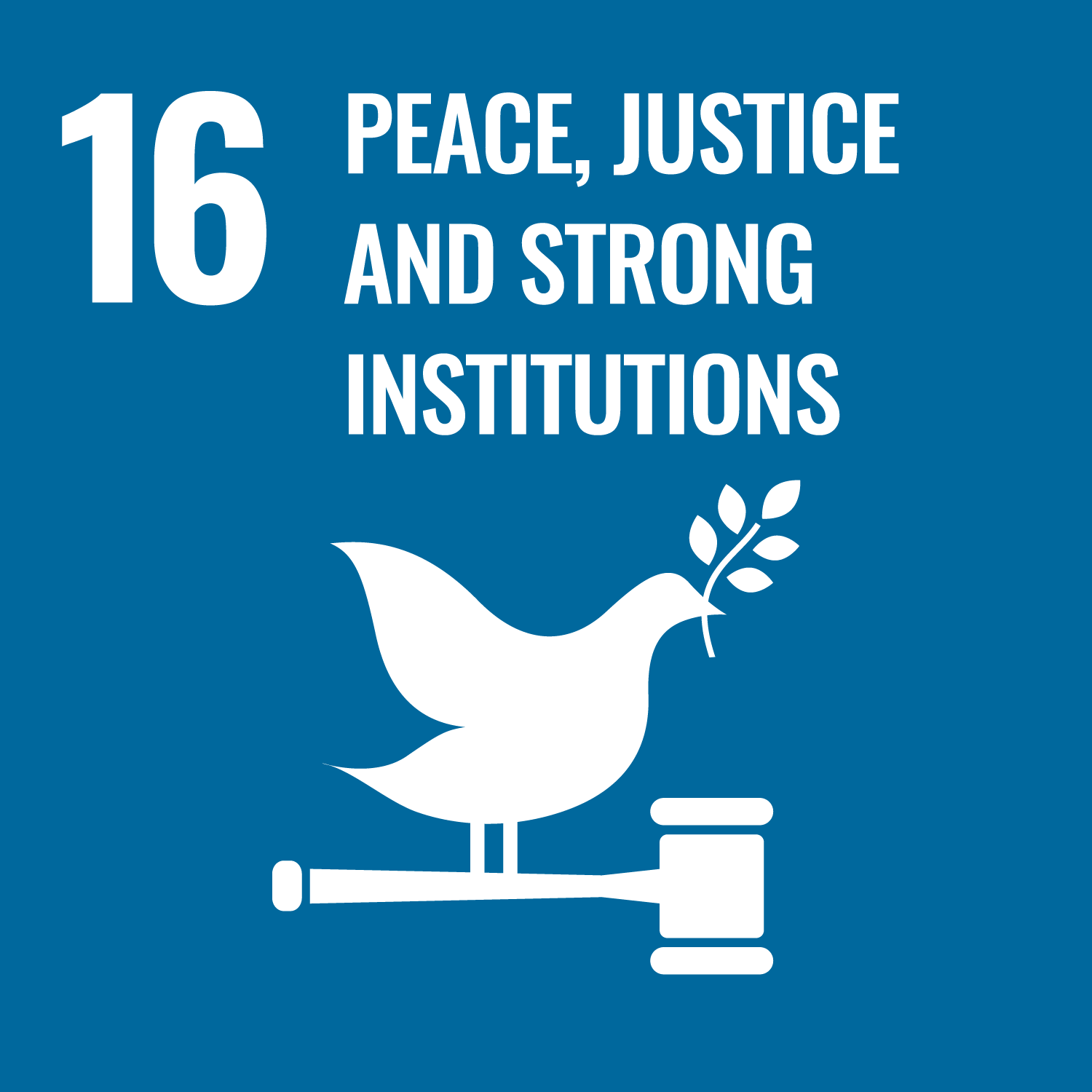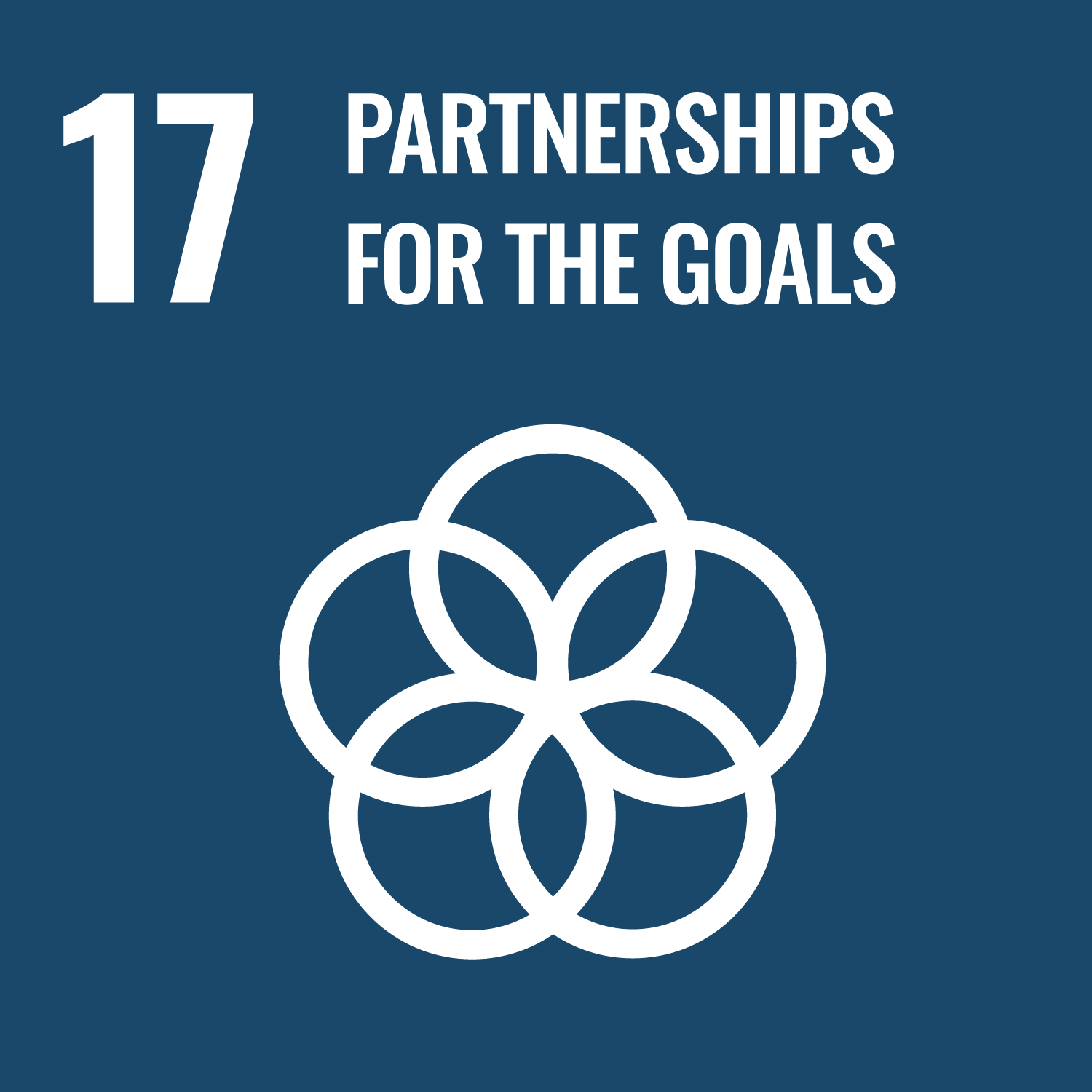What is the Carbo Culture Project?
CAPTURED BY NATURE, SECURED BY US. Carbo Culture is a dynamic project developer utilizing proprietary climate technology, and it is building a rapidly scalable biochar carbon removal solution. The project takes waste biomass and converts it into an inert, stable biochar using innovative and patented Carbolysis™ reactors. This process locks carbon safely away for centuries while simultaneously generating renewable energy. The project aims not just at reducing emissions but at actively drawing carbon out of the atmosphere and storing it permanently, ensuring that the very essence of nature’s own method—photosynthesis—remains at the heart of this breakthrough innovation… The approach shifts the focus from simply curbing emissions to enhancing natural carbon sequestration in a practical, high-efficiency way.
Main Benefit and Key Figures
The approach offers transformative benefits to the environment and the economy. Key highlights of the project include:
- 50x increase in natural carbon sequestration into soil using high purity biocarbons
- Conversion of waste biomass into stable biochar, keeping CO2 out of the atmosphere
- Successful 8x scale-up of production capacity in 2019
- Installation of the final test rig, R3, with plans for the first commercial facility, C1
- Expansion plans aiming for multiple facilities by 2026 under a project platform model
Each bullet point emphasizes a tangible outcome that reflects both an environmental and economic win. These milestones, even punctuated by a brief pause… really highlight the impressive capabilities of this advanced climate solution.
Revolutionary Reactors
At the core of this innovative project lies the patented Carbolysis™ reactor, an exemplar of cutting-edge technology in carbon removal. These reactors transform waste biomass into high functionality biochar. By converting carbon from plant matter into a stable form, this technology ensures the carbon remains securely locked away for decades. The process is not only safe and proven but is already at a stage ready for rapid scale-up. The reactors provide renewable energy as a byproduct, making them a dual-purpose solution and showcasing a harmonious blend of environmental stewardship and technological innovation… The pace of progress is both encouraging and inspiring.
Photosynthesis and Carbon Drawdown
Natural photosynthesis powers the process, with plants drawing down CO2 from the atmosphere using the unparalleled efficiency of solar power. The project assists photosynthesis by converting the carbon from waste biomass into a pure, stable carbon form. This method taps into one of nature’s most effective systems for mitigating climate change. The elegant interplay between natural processes and technological enhancement transforms the way carbon is managed. It creates a cycle where waste is repurposed into a beneficial resource… a true reflection of nature and science working hand in hand.
Sustainable Applications
In addition to sequestering carbon, the produced high-quality biochar holds immense promise for various sustainable applications. The biocarbons are put to work in environmental remediation and serve as advanced materials in agricultural and construction sectors. This leads to tangible benefits such as improved soil health and increased yield in farming practices, along with enhanced properties in construction materials. The production of renewable energy alongside the creation of some of the most tangible carbon credits on the market further underscores the multi-dimensional benefits of this project. In short, the applications are as diverse as they are sustainable… a real win for innovation.
Scaling Up and Industry Collaborations
The project has successfully shifted from scientific research to a pre-commercial startup phase. Notably, there has been substantial progress in scaling production capacity—a leap forward that has been well demonstrated by the impressive eight-fold increase back in 2019. This milestone sets the stage for the installation of R3 as the final test rig, and work is already progressing on C1, the first commercial facility. Industry pioneers are actively joining forces to scale up the technology, explore new biochar applications, and contribute to the decarbonization of the energy sector. These collaborations are critical in pushing the project to the forefront of the renewable energy revolution… an exciting chapter in sustainable technology.
Project Impact on Sustainable Development Goals
- SDG 7: Affordable and Clean Energy
- SDG 9: Industry, Innovation and Infrastructure
- SDG 12: Responsible Consumption and Production
- SDG 13: Climate Action
- SDG 15: Life on Land
Looking Forward
The outlook for Carbo Culture is both promising and action-driven. With secure, proven technology that is already scaling and transforming waste biomass into high functionality biocarbons, the project is poised to meet the challenges of climate change head-on. By effectively sequestering carbon out of the atmosphere and turning it into a stable, solid form, the project underscores the importance of both innovative technology and natural processes in combating global warming. The planned commercial facilities and continuous partnerships with industry leaders hint at an expansive rollout that promises significant environmental benefits. This natural, yet high-tech approach… paints a hopeful picture for a cleaner, more sustainable future, where nature and technology coexist to create a positive impact on the planet.

